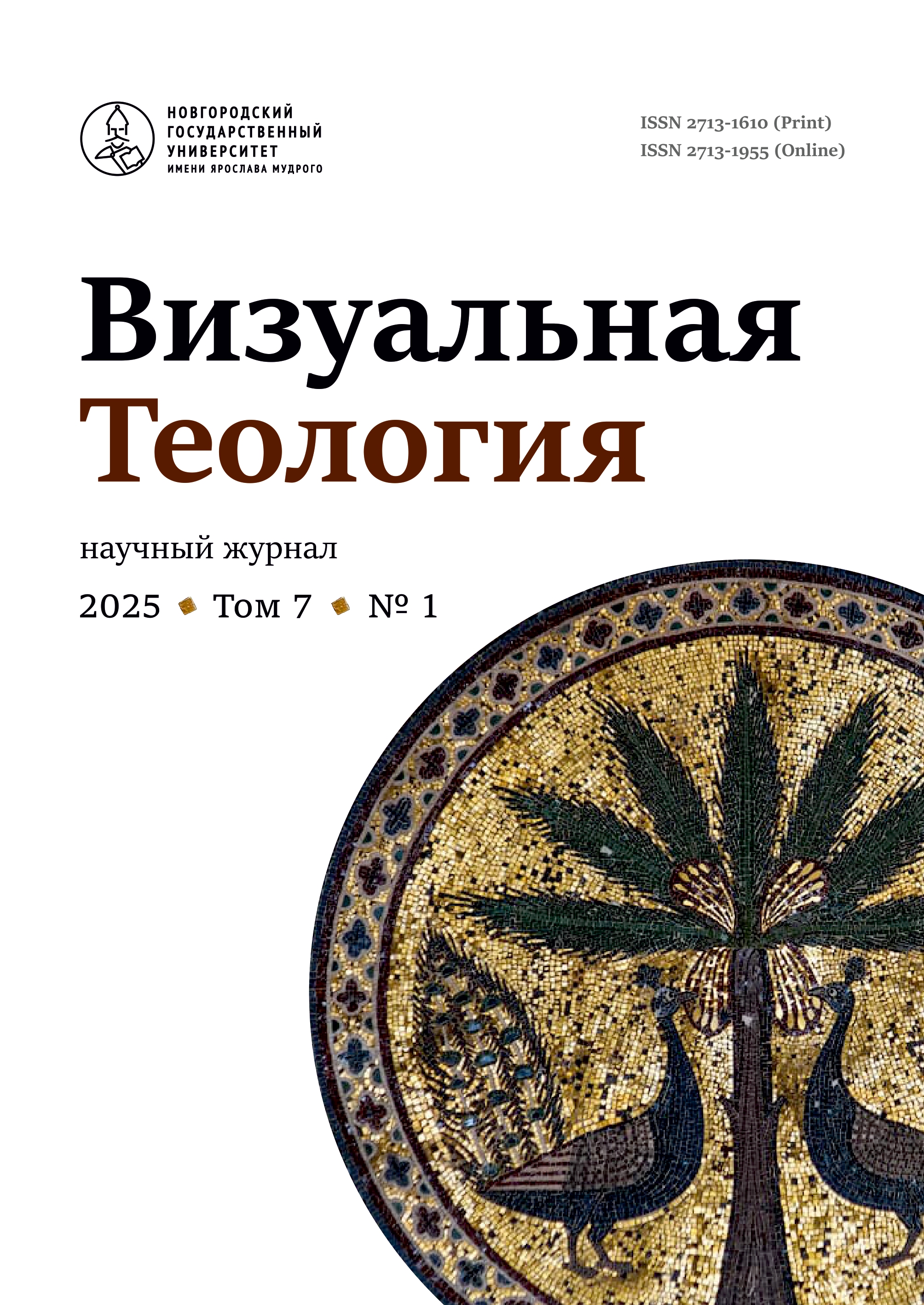Religious semantics in monumental works by Kuban artists of the late Soviet period
Abstract
The article is devoted to the semiotic peculiarities of the use of religious imagery in the works of Soviet monumental art. From the position of semiotics of culture the following problems are studied: the correlation of secular and religious components in monumental art; the use of symbolic potential of religious images by Soviet artists; the use of semiotic scenarios of reference to religious images in the works of Kuban artists of the 1970s ‒ 1980s. The author substantiates that the artistic use of religious semantics creates intertextual interaction with the highest spiritual authority of the tradition, which gives the denotate of a monumental work semantic multivalence and anagogical interpretation. The religious and eschatological pathos of the revolutionary renewal presupposed an artistic reinterpretation of recognizable religious images, in which the old denominations were replaced by new social content. The artistic comprehension of the sacrificial deed of the people in the sacred struggle against foreign invaders forms a different semiotic scenario, in which the content of the work does not replace the previous sacred image, but acts as its successor and creates an intertextual shift of meaning. Using examples of monumental works by Kuban artists, the author analyzes a number of semiotic scenarios of using religious images. On the one hand, the use of religious images gives a spiritual character to the ideologically significant themes of Soviet society. On the other hand, religious semantics is used by the artist as a tool for critical interpretation of the false spirituality of Soviet realities. The obtained results allow to consider the existence of religious symbols in the cultural space of the state with atheistic ideology and to see the semiotic features of the sacral core of the cultural code of the Russian national tradition.



